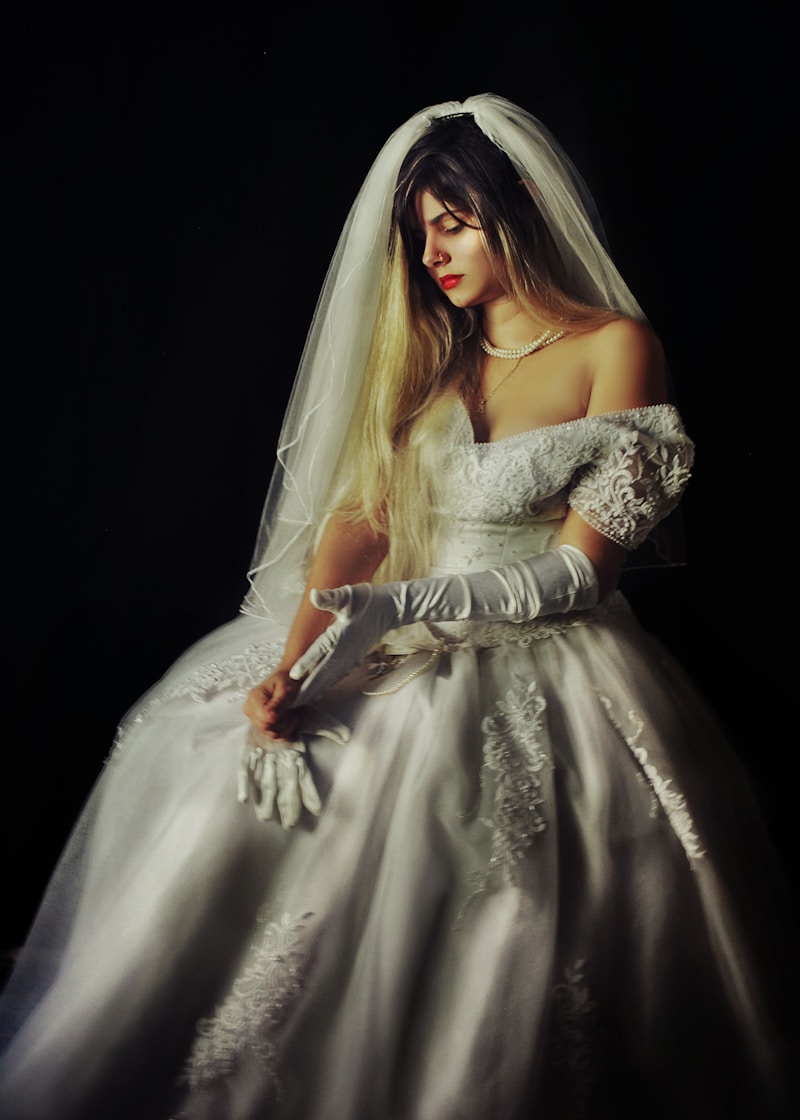How Historical Events Influenced Wedding Fashion Trends
How Historical Events Influenced Wedding Fashion Trends
Weddings have always been a celebration of love, but the way we dress for these occasions has been heavily influenced by historical events. From royal engagements to global conflicts, every significant moment in history has played a part in shaping wedding fashion. This article explores how various historical events have influenced wedding fashion trends over the decades, providing a thorough understanding of the sartorial changes that accompany societal shifts.
The Evolution of Wedding Attire
Wedding attire has evolved significantly over the years due to various cultural influences and historical events. Each era brought its own trends, driven by not only fashion but also by significant happenings around the world.
The Victorian Era and the White Dress
One of the most notable shifts in wedding fashion occurred in the Victorian era, particularly after Queen Victoria married Prince Albert in 1840. The queen chose a white gown, challenging the tradition of brides wearing their best dresses, regardless of color.
| Victorian Era Wedding Fashion Characteristics | Key Influences | Significant Colors |
| Emphasis on modesty and elegance | Queen Victoria’s marriage | White and pastels |
| Complex lace details | Rise of the Industrial Revolution | Soft hues and delicate patterns |
The Industrial Revolution played a role in making wedding dresses more accessible as fabrics became cheaper and more widely available. Brides were now able to don dresses that showcased intricate lace details, emphasizing both modesty and elegance.

The Roaring Twenties: Flapper Glamour
Fast forward to the 1920s, a decade known for its cultural revolution, the fashion scene was infused with the spirit of liberation. Women gained the right to vote and began to embrace more daring styles, which also reflected in wedding attire.
Characteristics of Styles in the 1920s
During this period, wedding dresses became less formal, often featuring shorter hemlines and a more relaxed silhouette. The flapper dress style influenced many brides, incorporating beading and fringe, representing a fun, carefree attitude.
| 1920s Wedding Fashion Features | Social Influences | Key Fabrics |
| Drop waistlines | Women's liberation movement | Satin, chiffon, and lace |
| Art Deco embellishments | Jazz Age influence | Beaded fabrics |
The light-hearted designs of the 1920s introduced a sense of freedom that was welcomed by brides, allowing them to express their individuality through fashion choices not seen in previous eras.
World War II and Practicality in Design
As global turmoil erupted during World War II, wedding fashions once again adapted to current events. Resources were scarce, and practicality took precedence over extravagance.
Brides often wore simpler dresses, sometimes even repurposed from other garments. This era showcased a blend of utility with personal expression, as brides began to prioritize practicality while still seeking beauty in their wedding attire.
Key Trends of WWII Wedding Fashion
| Characteristics | Impact of WWII | Typical Fabrics |
| Simple silhouettes | Resource scarcity led to conservatism | Silks and cottons |
| Less adornment | Shift in societal values | Recycled materials |
This period established a foundation for future brides, balancing the need for beautiful attire with the realities of life during a time of war.
The Post-War Boom: Elegance Returns
The end of WWII brought with it a sense of relief and prosperity, leading to a return to elegance in wedding fashion. In the 1950s, with the rise of the middle class and increased availability of fabric, brides were once again able to indulge in luxurious styles.
Fashion Inspirations from the Post-War Era
Designers like Christian Dior introduced the “New Look,” characterized by full skirts and fitted bodices, influencing wedding gowns significantly. This era celebrated femininity, and brides reflected this ideal in their fashion choices.
Brides opted for lavish fabrics, intricate details, and traditional elements combined with contemporary designs, which resonated well with the societal changes and the desire for celebration after years of conflict.
Modern Trends and Cultural Influences
In the contemporary world, wedding fashion continues to evolve, influenced by cultural diversity, globalization, and social media dynamics. Every bride now has the liberty to choose attire that reflects her personality, with various trends emerging from different cultures and regions.
Factors Shaping Today’s Wedding Fashion
| Modern Influences | Cultural Shifts | Trends |
| Social media exposure | Increased acceptance of non-traditional weddings | Mixing vintage with modern styles |
| The rise of eco-consciousness | Focus on sustainability | Use of vintage and recycled materials |
Today, wedding fashion is more diverse, with brides seeking to incorporate various cultural elements into their attire, thereby creating a personalized experience that honors historical influences while embracing the future.
Conclusion
Wedding fashion has a rich history, steeped in the influences of significant historical events. From the introduction of the white dress in the Victorian era to the flapper styles of the Roaring Twenties and the practicalities of post-war designs, each period has left a mark on what we consider wedding attire today. As we look towards the future, it is clear that the influence of historical events will continue to shape wedding fashion trends, allowing brides to express their unique stories on one of the most important days of their lives.
Advice for Modern Brides: When selecting your wedding attire, consider not just the latest trends but also the historical context and cultural influences that resonate with you. Embrace your individuality, ensuring that your choices reflect your personal story and values.
